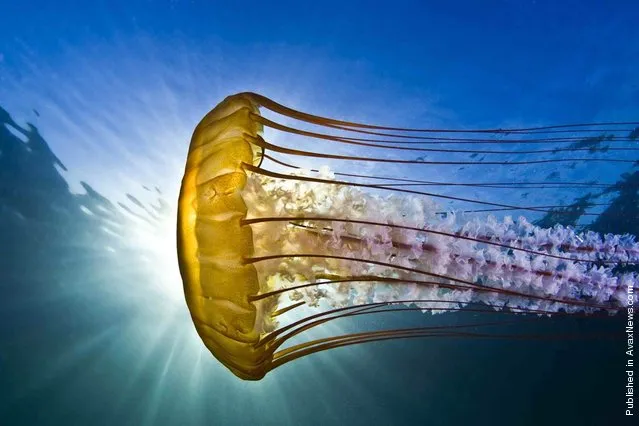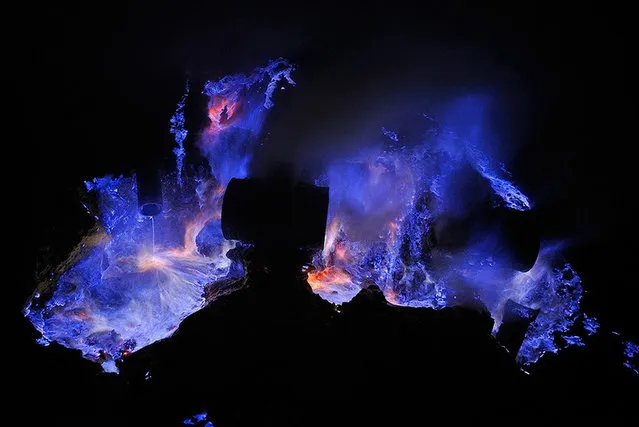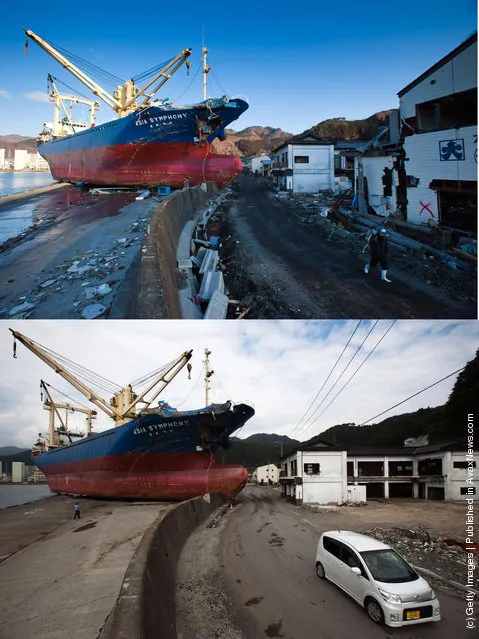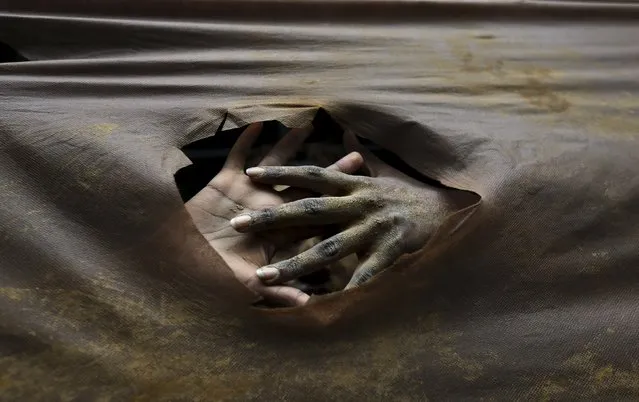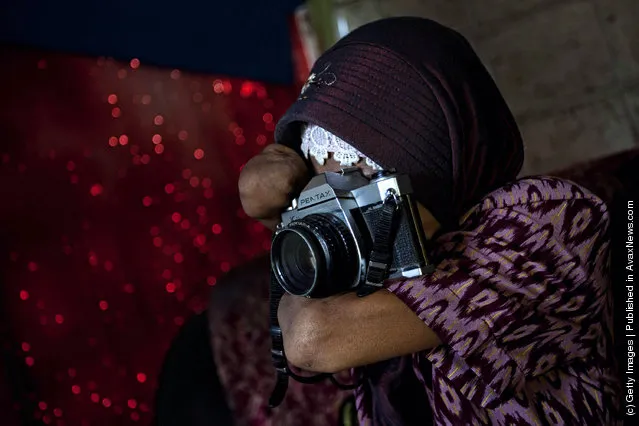
Armless professional photographer Rusidah, 44, takes a photograph as she carries out camera maintenance on March 13, 2012 in Purworejo, Indonesia. Rusidah shoots weddings and parties and has a small studio at home in the village of Botorejo, Bayan District, Purworejo, Central Java where her husband and son also reside. She has been in the photography business for nearly 20 years. (Photo by Ulet Ifansasti/Getty Images)
19 Mar 2012 11:53:00,post received
0 comments

